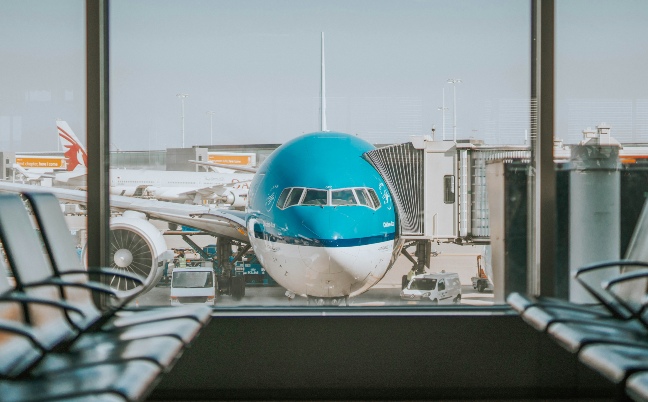The aerospace industry in Asia has seen significant growth in recent years, with many Asian countries heavily investing in their respective aerospace capabilities. These efforts have concluded in the establishment of new aerospace companies, the expansion of existing entities, and the development of new technologies and products.
Countries like Japan and India have made major strides in this area and have firmly established themselves as leading players in the increasingly competitive aerospace market.
Overview of the Aerospace Industry in Asia
In general, the growth of the aerospace industry in Asia is driven by several factors, including (1) the increasing demand for air travel in the region, (2) the growth of the commercial space industry, and (3) the development of military and defense-related aerospace technologies. These drivers have led to several noteworthy developments, many of which are indicators of what is in store for aerospace in Asia this 2023.
As reported by Reuters, a Japan-based aerospace company called ‘ispace’ recently launched a spacecraft to the moon, a major step in its overall mission of becoming the world’s first-ever privately sponsored and commercial spacecraft to successfully conduct a moon landing. Moving forward, the company will increase its emphasis on government and commercial payloads.
Meanwhile, Skyroot, a privately founded aerospace company in India, recently launched the very first privately developed rocket. 10 other private enterprises are expected to launch their aerospace products, ranging from satellite imaging to space mapping.
For the private sector in both Japan and India, these developments are significant steps as they signify the private sector’s potential in commercial aerospace. It also indicates the growing importance of private enterprises and the potential value that they can provide to public sector endeavors. More importantly, these developments show that several players are taking the necessary steps to further the development of aerospace in both the Asian region and their respective countries.
Predicting General Aerospace Trends
The aerospace industry in Asia is expected to continue to grow in the coming years. One trend that is likely to continue is the growth of low-cost carriers in Asia. These carriers, which offer discounted fares to passengers, have been successful in attracting many travelers to the region. In addition, there is increasing demand for new aircraft in the region, as many Asian countries are experiencing economic growth and rising incomes. This is leading to the development of new aircraft manufacturing facilities in the region, as well as the expansion of existing ones.
Another noteworthy trend that will continue well into 2023 and beyond is the development of new technologies. For example, there has been significant investment in the development of electric and hybrid aircraft, which are expected to become more common in the coming years. In addition, there is increasing interest in the development of unmanned aerial vehicles (UAVs), which have a variety of potential applications, including delivery services, agriculture, and surveillance.
Finally, governments in Asia are supporting the growth of the aerospace industry through a variety of initiatives. For example, many governments are providing funding for research and development, as well as offering tax incentives to companies that invest in the industry. This support is helping to drive innovation and competitiveness in the sector.
Overall, the aerospace industry in Asia is expected to continue to grow in the coming years as both the public and private sectors are expected to focus further on their respective endeavors. As the industry becomes more competitive, it will be important to consider potential collaboration not only between private and public sector entities but also on an international scale between counties with aligned aerospace interests.
To get further insight into the latest business trends in Asia that are relevant to several professional industries, subscribe to our newsletter here and check out these reports:







